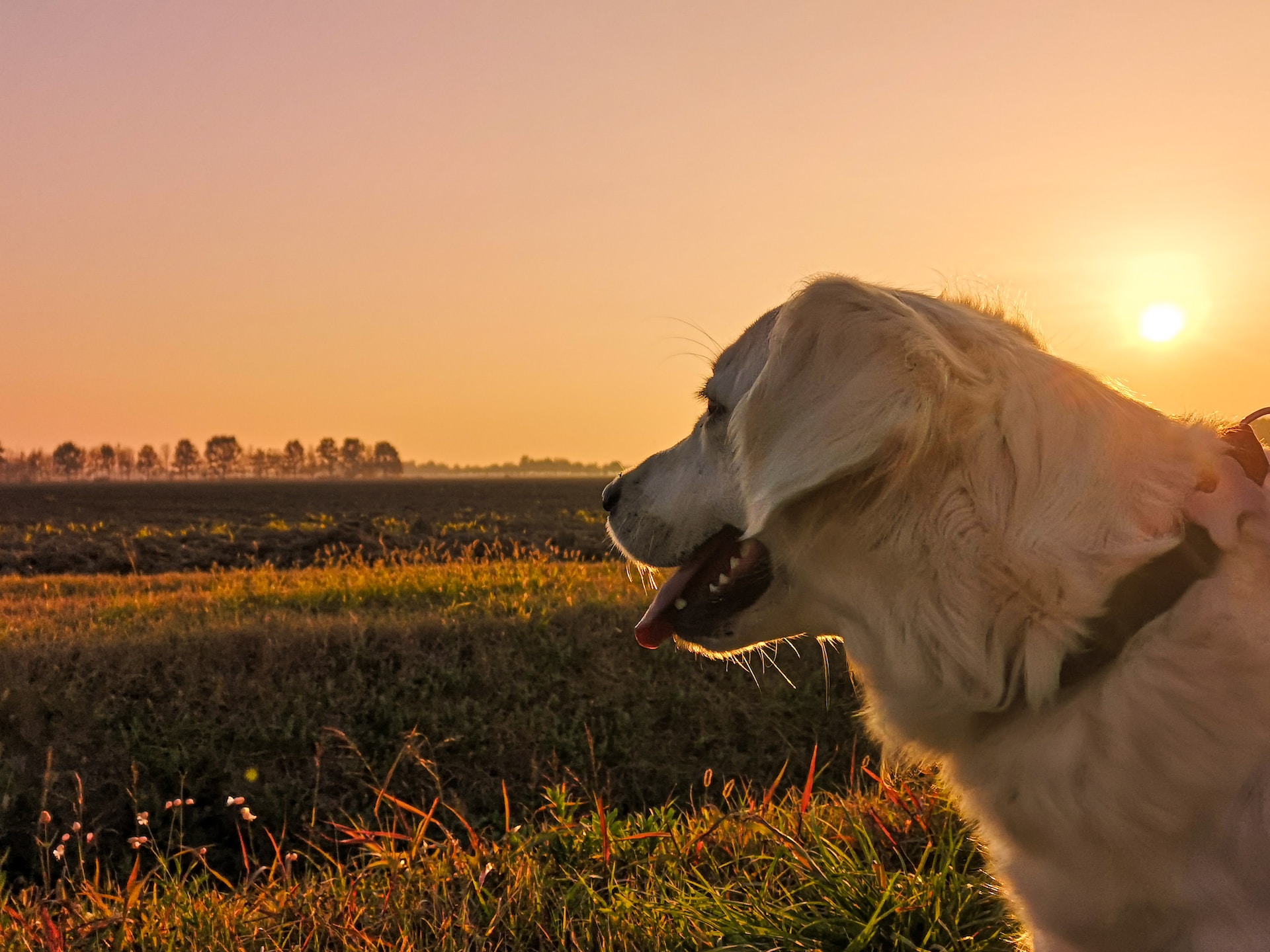Are you wondering how to stop your Labrador from resource guarding? Resource guarding is a common behavior in dogs, where they become possessive and protective over certain items or spaces. It can manifest as growling, snapping, or even biting when someone approaches their prized possessions. But don’t worry, there are effective strategies you can employ to address this issue and create a safer environment for everyone involved.
Firstly, it’s crucial to understand why your Labrador is exhibiting resource guarding behavior. Is it due to fear, insecurity, or a desire to assert dominance? Identifying the underlying cause will help tailor your approach accordingly. Once you have a better understanding of the root cause, you can implement targeted training techniques.
One effective method is desensitization and counterconditioning. This involves gradually exposing your Labrador to situations that trigger resource guarding tendencies while rewarding calm and non-aggressive behavior. For example, start by approaching them while they’re engaged with a low-value item and reward them with praise or treats for remaining calm.
How to Stop Dog Resource Guarding
Recognizing the Signs of Dog Resource Guarding
Signs of resource guarding can vary from subtle cues to more overt displays of aggression. Here are some key indicators to look out for:
- Growling and Snapping: Dogs may growl or snap at anyone who approaches them while they are in possession of a prized item.
- Stiff Body Language: A dog displaying stiff body posture, with tense muscles and rigid movements around their resources, could be signaling their intent to guard.
- Lunging or Biting: In extreme cases, dogs may escalate from growling and snapping to lunging or biting if they feel threatened or challenged.
By being attentive and observant, you can identify these warning signs early on and take appropriate action.
Understanding the Root Causes of Dog Resource Guarding
To effectively address resource guarding behavior in dogs, it’s essential to understand its underlying causes. While every dog is unique, there are several common factors that can contribute to this behavior:
- Instinctual Behavior: Dogs have an innate instinct to protect valuable resources like food in order to survive in the wild.
- Fear or Anxiety: Some dogs may guard resources due to fear or anxiety related to past experiences or lack of socialization.
- Lack of Training: Dogs that haven’t received proper training on sharing resources may develop guarding behaviors unintentionally.
By recognizing these root causes, you can tailor your training approach accordingly and create a positive environment for your furry companion.
Effective Training Techniques to Address Dog Resource Guarding
Addressing resource guarding requires a combination of patience, consistency, and positive reinforcement. Here are some effective techniques to help manage and modify this behavior:
- Trading Up: Teach your dog that giving up a resource results in something even better. Offer them a high-value treat or toy in exchange for the item they are guarding.
- Desensitization: Gradually expose your dog to situations where they may guard resources, starting with less valuable items and gradually working up to more prized possessions. Reward them for remaining calm.
- Professional Guidance: If you’re struggling to address resource guarding on your own, consider consulting with a professional dog trainer or behaviorist who can provide tailored guidance and support.

Recognizing the Signs of Resource Guarding
Common Triggers of Dog Resource Guarding
So what are some common triggers that may lead a Labrador (or any breed for that matter) to exhibit resource guarding behaviors?
Let’s take a closer look:
- Food: One of the most common triggers for resource guarding is food. Dogs who have experienced scarcity or competition for resources in the past may develop an instinctual need to guard their meals. Keep an eye out for behaviors like growling, snapping, or stiffening around their food bowl.
- Toys: Dogs can become possessive over their favorite toys or objects they perceive as valuable. This could include things like squeaky toys, chew bones, or even household items they’ve claimed as their own. If your Labrador shows signs of aggression when you approach them while they’re playing with a specific toy, it could be an indication of resource guarding.
- Space: Some dogs may guard specific areas within your home where they feel safe and secure. This might include their bed, crate, or even certain pieces of furniture they consider “theirs.” Be mindful if your Labrador becomes defensive and exhibits warning signals when you approach these spaces.
It’s important to remember that resource guarding can manifest in various ways and may differ from one dog to another. These triggers are not exhaustive, but they give you a starting point to better understand potential signs of resource guarding. By recognizing these behaviors early on, you can take proactive steps to address the issue and prevent it from escalating.